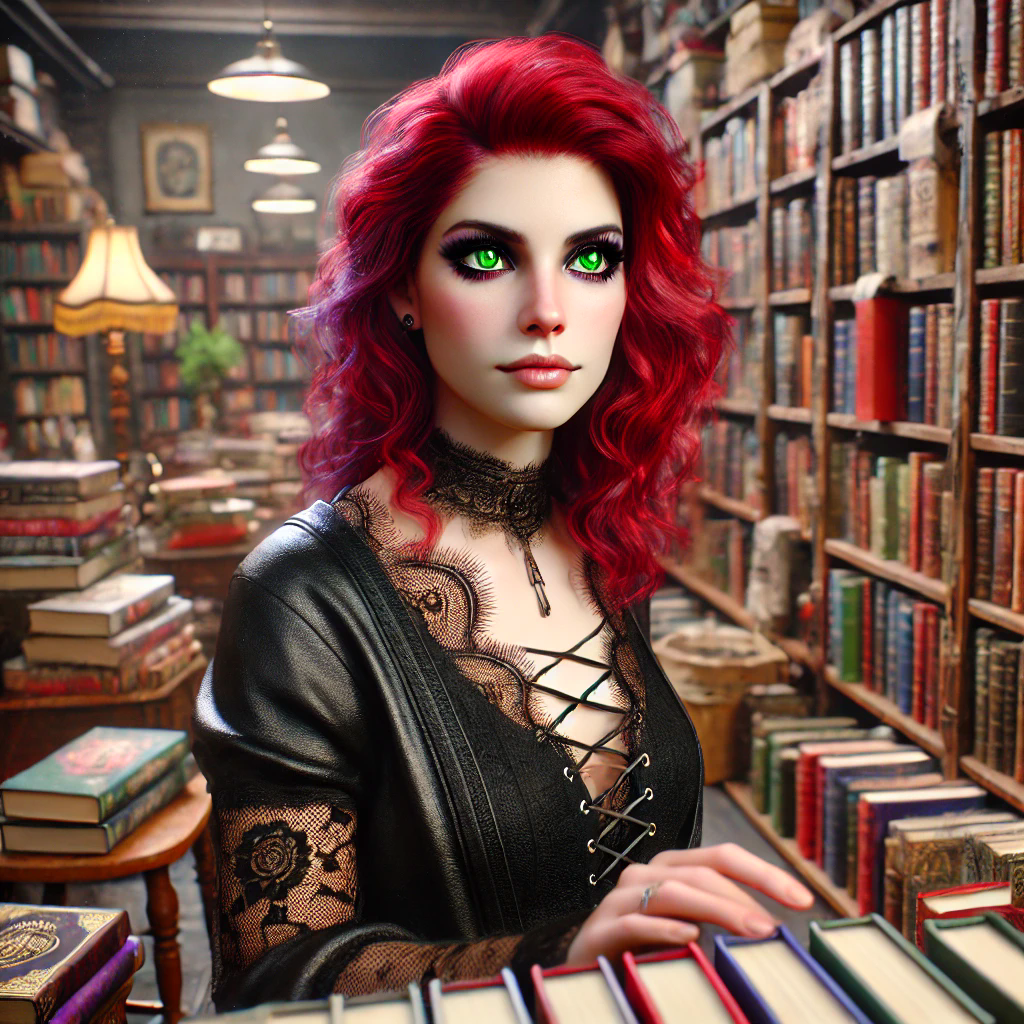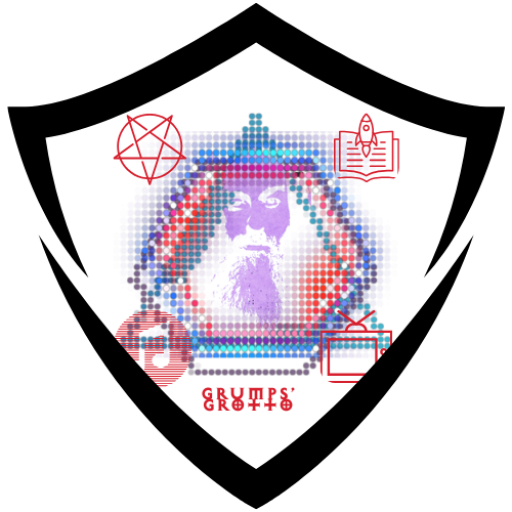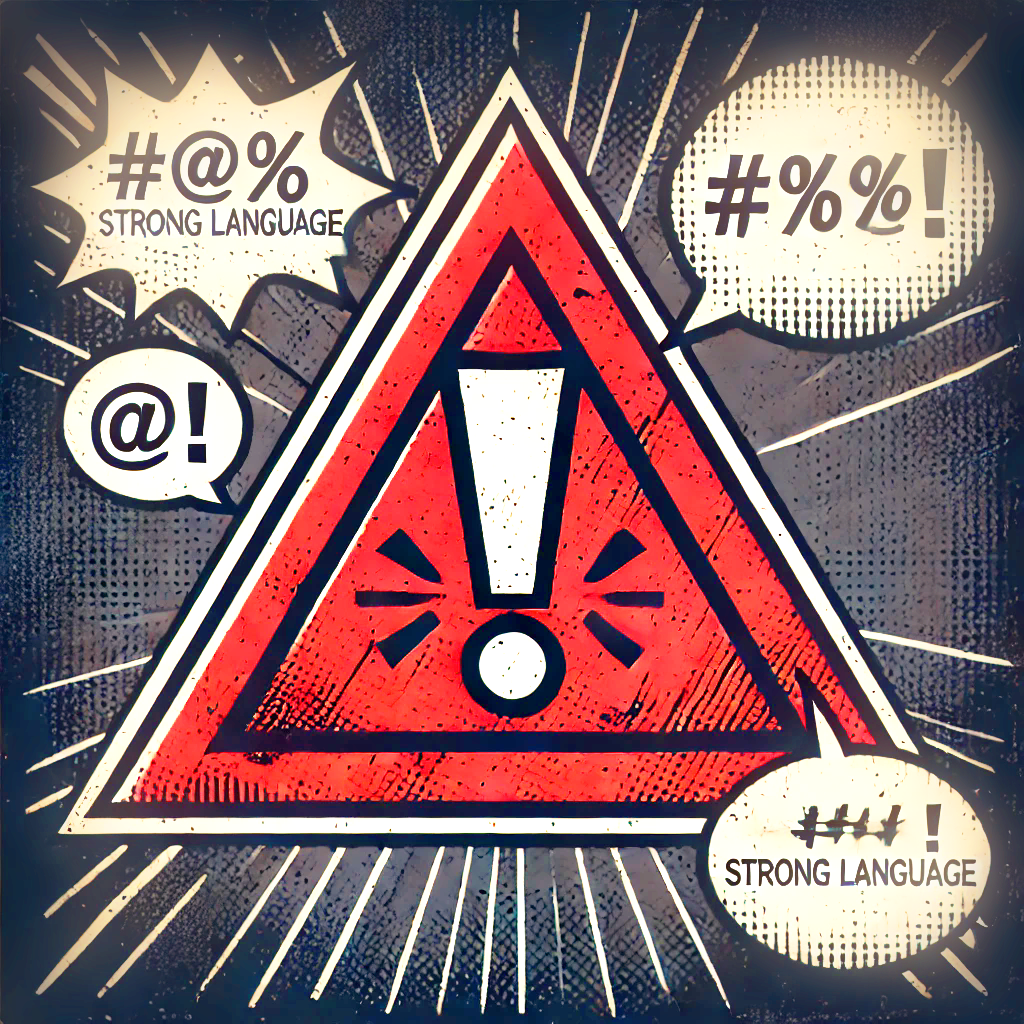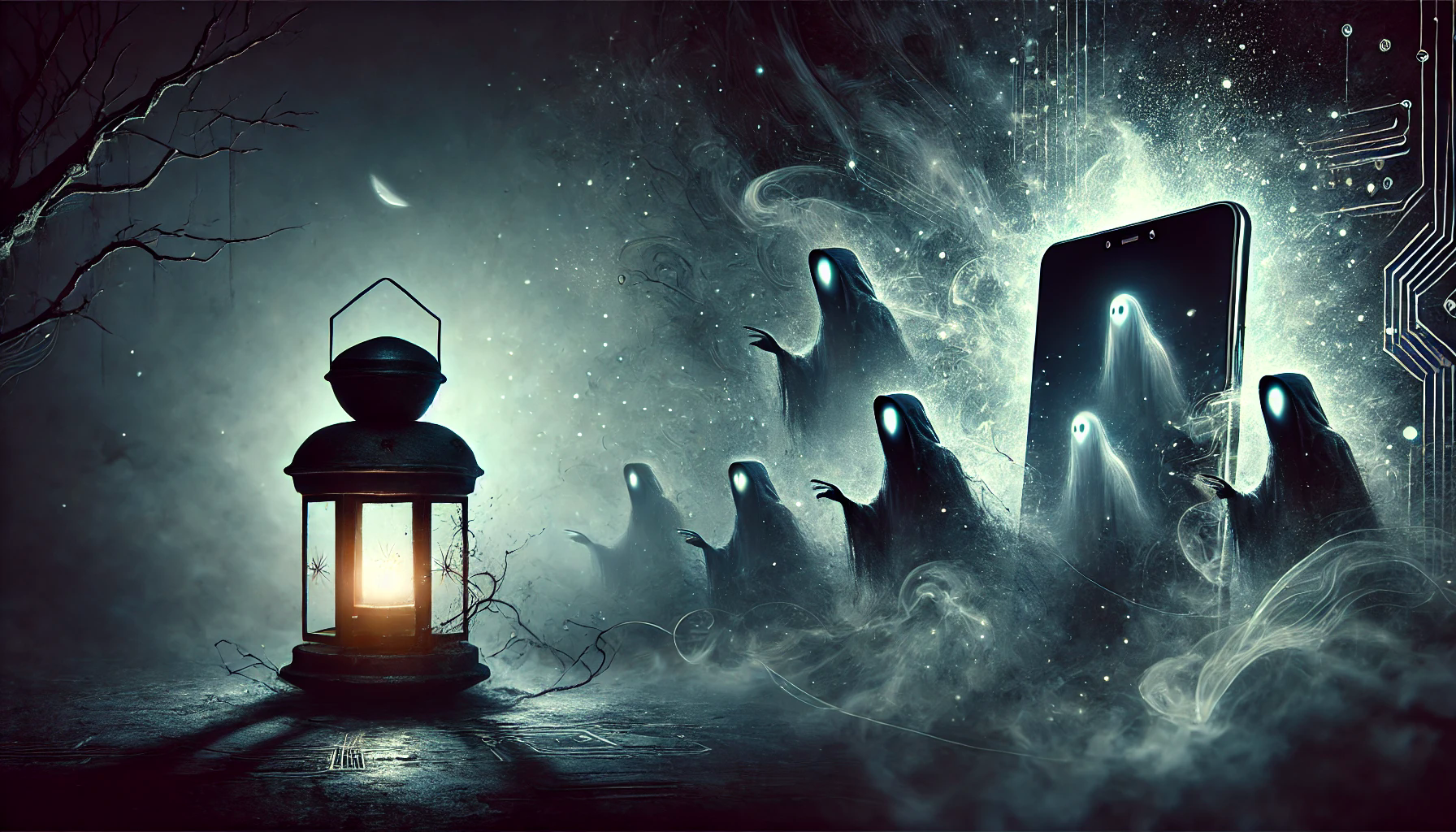We’ve always been haunted by something, haven’t we? From the spirits of old folklore to the phantoms caught on shaky VHS tapes, the paranormal is deeply embedded in our culture. But now we live in a world of smartphones, AI, and more tech than we know what to do with—and it’s changing the way we experience the supernatural. Are we really seeing more ghosts, or are we just getting better at fooling ourselves?
The Ghost in the Machine
Look, we’ve all seen it: the blurry footage of a shadowy figure at the end of a hallway, the eerie voice on an audio recording, the flickering lights that no one can explain. And with social media at our fingertips, these ghost stories spread like wildfire. The problem? We have editing tools in our pockets that can turn a normal night into a paranormal event with just a few swipes. AI, deepfakes, and our growing talent for digital manipulation make it harder and harder to tell what’s real.
So, are these digital ghosts actually evidence of the afterlife? Or are we just better at scaring ourselves? I think you know the answer.
Apps and Algorithms: Entertaining, but Let’s Be Real
And then there are the ghost-hunting apps. I don’t want to burst anyone’s bubble, but let’s be honest: these apps are mostly junk. They claim to detect electromagnetic fields, capture EVPs, or even help you “talk” to spirits. In reality? They’re digital toys designed to play into your confirmation bias. They give you the spooky thrill you’re looking for, but they aren’t exactly groundbreaking tools for paranormal research.
Let’s talk about confirmation bias for a second. These apps thrive on it. You’re already primed to believe that you’re going to find something, so when the app spits out random noise or spikes in electromagnetic fields, you’re ready to believe it’s a ghost. In reality, it’s just your phone’s sensors reacting to environmental factors. No spirits involved.
But hey, they’re fun, right? No harm in a little ghostly entertainment. Just don’t confuse it with actual investigation.
The Decline of Traditional Ghost Hunting?
Here’s something that’s changed: the way we hunt for ghosts. Gone are the days when ghost hunters relied on mediums, psychics, and hours of EVP sessions in a creepy old house. Today? Just download an app, hit record, and boom—you’re a paranormal investigator. It’s easier, more convenient, and honestly, a lot less messy. But does that make it better?
I’m going to go out on a limb here and say no. There’s something to be said for the old-school approach, where ghost hunters would spend hours, days, even weeks trying to capture just one shred of evidence. They had patience, dedication, and, let’s face it, a lot more credibility than a bunch of Reddit users crowdsourcing their findings.
Now, we’ve got YouTube videos, TikToks, and viral tweets about ghost sightings. And don’t get me wrong—some of it is cool. But so much of it is staged for drama, designed to go viral rather than uncover anything real. It’s not about finding proof anymore; it’s about getting views.
This shift has pushed serious investigators to the sidelines. Ghost hunting has become a spectacle, and the line between entertainment and research is blurrier than ever. Traditional ghost hunters? They’re frustrated. They’ve spent years trying to uncover the truth, only to be overshadowed by apps and YouTube hoaxes.
But here’s the thing: I don’t think traditional ghost hunting is dead. It’s just evolving. The challenge now is separating the genuine pursuit from the noise. And trust me, there’s a lot of noise.
Digital Afterlife: Beyond the Paranormal
Now, here’s where things get really weird. Our digital lives don’t end when we die. Social media accounts keep ticking along after we’re gone, and people are still getting birthday notifications from their deceased relatives. It’s like a weird form of digital immortality, isn’t it?
But wait—it gets stranger. AI chatbots are starting to mimic the personalities of people who’ve passed. These ‘deadbots’ use data from past conversations, social media posts, and more to create an eerie facsimile of a person who’s no longer here. So, what happens when you can “talk” to a loved one who’s been dead for years? Is that comfort, or is it something else?
I can’t help but wonder: Could these digital ghosts one day replace our old ideas of spirits? Forget the Ouija boards and séances. In the future, we might just need a decent Wi-Fi connection to chat with the dead.
As we push further into the digital world, the line between life and death is getting thinner. Technology is forcing us to reconsider what it means to exist, both in this life and the next. And I’m not sure how I feel about that.
So, Where Do We Go from Here?
In the end, the paranormal is a reflection of us. Our ghosts change as our culture does. With technology becoming a bigger part of our lives, it’s only natural that it’s starting to reshape our relationship with the unknown. But whether these digital ghosts are real, imagined, or simply the product of clever editing, one thing’s for sure: we’re not done chasing them.
So, what do you think? Are we uncovering new truths about the paranormal, or are we just inventing a new type of ghost? Let’s hash it out on Discord. I want to know your thoughts.
Join the conversation: What do you think about technology’s impact on paranormal beliefs? Share your thoughts on our Discord!

Raven Ashford
Raven Ashford is a blogger for BaedonWebZine, exploring unconventional ideas and challenging mainstream beliefs with wit and sharp commentary. As a Satanist, she offers a unique perspective on alternative beliefs.



Leave a Reply